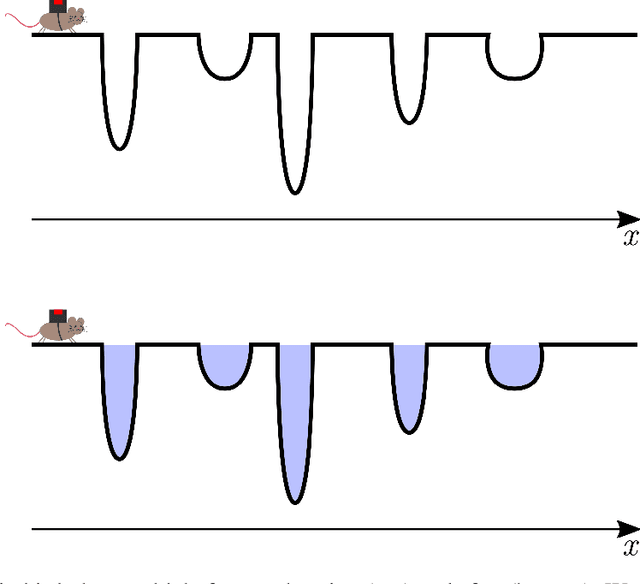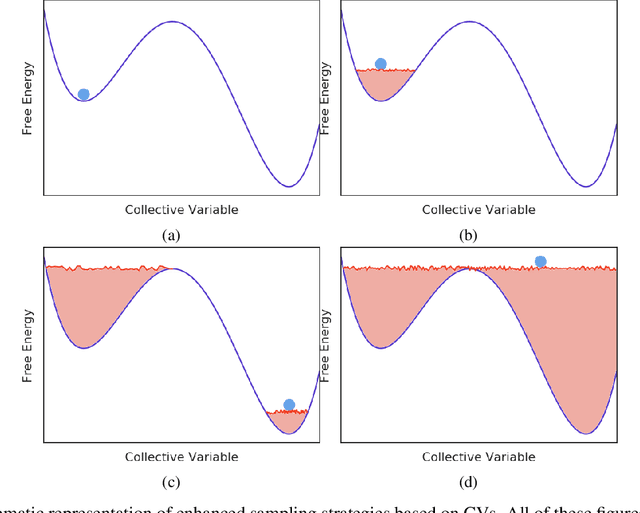Online Change Point Detection in Molecular Dynamics With Optical Random Features
Paper and Code
Jun 17, 2020



Proteins are made of atoms constantly fluctuating, but can occasionally undergo large-scale changes. Such transitions are of biological interest, linking the structure of a protein to its function with a cell. Atomic-level simulations, such as Molecular Dynamics (MD), are used to study these events. However, molecular dynamics simulations produce time series with multiple observables, while changes often only affect a few of them. Therefore, detecting conformational changes has proven to be challenging for most change-point detection algorithms. In this work, we focus on the identification of such events given many noisy observables. In particular, we show that the No-prior-Knowledge Exponential Weighted Moving Average (NEWMA) algorithm can be used along optical hardware to successfully identify these changes in real-time. Our method does not need to distinguish between the background of a protein and the protein itself. For larger simulations, it is faster than using traditional silicon hardware and has a lower memory footprint. This technique may enhance the sampling of the conformational space of molecules. It may also be used to detect change-points in other sequential data with a large number of features.
 Add to Chrome
Add to Chrome Add to Firefox
Add to Firefox Add to Edge
Add to Edge